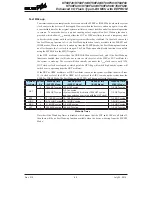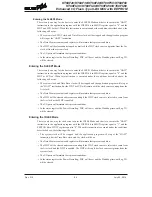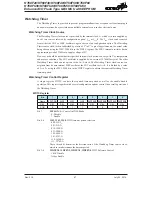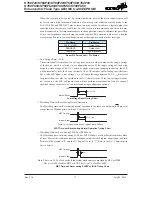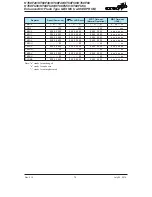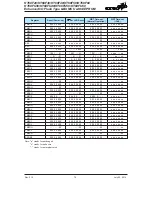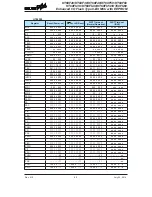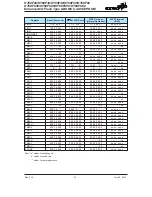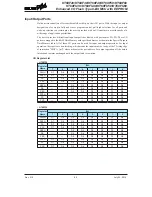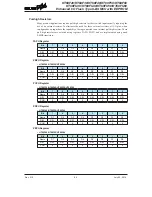
Rev. 2.10
68
���� 02� 201�
Rev. 2.10
69
���� 02� 201�
HT68F20/HT68F30/HT68F40/HT68F50/HT68F60
HT68FU30/HT68FU40/HT68FU50/HT68FU60
Enhanced I/O Flash Type 8-Bit MCU with EEPROM
HT68F20/HT68F30/HT68F40/HT68F50/HT68F60
HT68FU30/HT68FU40/HT68FU50/HT68FU60
Enhanced I/O Flash Type 8-Bit MCU with EEPROM
Watchdog Timer
Reset and Initialisation
A reset function is a fundamental part of any microcontroller ensuring that the device can be set
to some predetermined condition irrespective of outside parameters. The most important reset
condition is after power is first applied to the microcontroller. In this case, internal circuitry will
ensure that the microcontroller, after a short delay, will be in a well defined state and ready to
execute the first program instruction. After this power-on reset, certain important internal registers
will be set to defined states before the program commences. One of these registers is the Program
Counter, which will be reset to zero forcing the microcontroller to begin program execution from the
lowest Program Memory address.
In addition to the power-on reset, situations may arise where it is necessary to forcefully apply
a reset condition when the microcontroller is running. One example of this is where after power
has been applied and the microcontroller is already running, the RES line is forcefully pulled low.
In such a case, known as a normal operation reset, some of the microcontroller registers remain
unchanged allowing the microcontroller to proceed with normal operation after the reset line is
allowed to return high.
Another type of reset is when the Watchdog Timer overflows and resets the microcontroller. All
types of reset operations result in different register conditions being setup. Another reset exists in
the form of a Low Voltage Reset, LVR, where a full reset, similar to the RES reset is implemented in
situations where the power supply voltage falls below a certain threshold.
Reset Functions
There are five ways in which a microcontroller reset can occur, through events occurring both
internally and externally:
• Power-on Reset
The most fundamental and unavoidable reset is the one that occurs after power is first applied to
the microcontroller. As well as ensuring that the Program Memory begins execution from the first
memory address, a power-on reset also ensures that certain other registers are preset to known
conditions. All the I/O port and port control registers will power up in a high condition ensuring
that all pins will be first set to inputs.
Note: t
RSTD
is power-on delay, typical time=100ms
Power-On Reset Timing Chart






